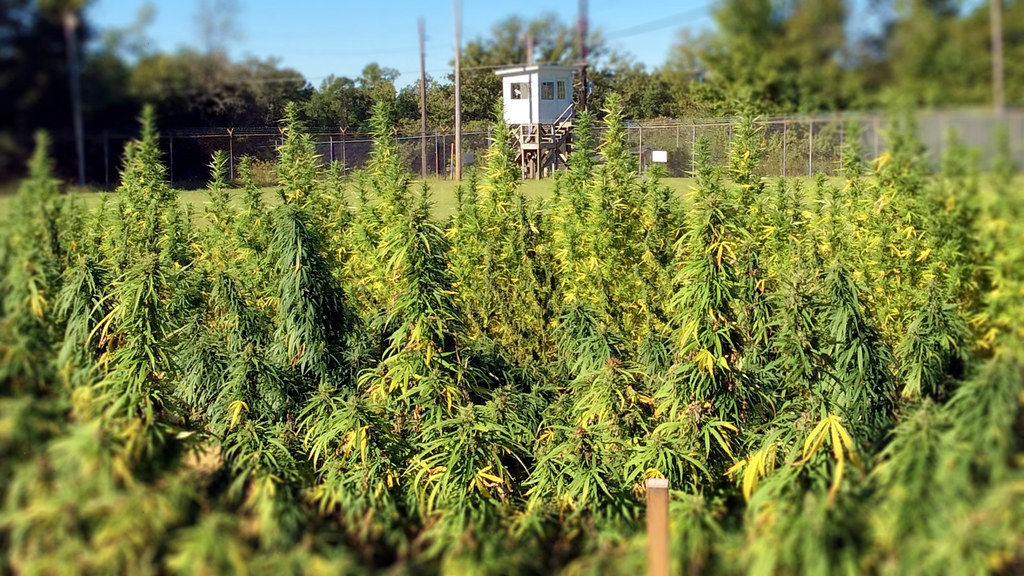
Regardless of being the only source of cannabis for nearly all research in the U.S., the federal government continues to consider weed illegal and dangerous. Yet now, they are making plans to grow the largest crop of “research marijuana” in the last five years. With researchers required in most cases to go through the government to obtain cannabis, the crop will be planted in an effort to assist scientists requesting such.
Homed at the University of Mississippi, the 4,409 pound crop will be divided between high THC and high CBD varieties to account for the recent mainstreaming of CBD. The agency will also be putting forth an effort to meet the requests of scientists asking for cannabis that more closely resemble what’s sold in dispensaries in legal states.
Emily Lindley, a University of Colorado Assistant professor explained to NY Poster, “We want to study what our patients are using,” a request that could be answered by the authorization for diversified growers. The hope for other cultivation sites does not only stem from a need for more diverse products, but it’s been reported that the feds’ current research cannabis is closer to hemp than what’s being sold at dispensaries or on the street. The University of Mississippi has been specifically referenced as a facility growing sub-par crop.
Although the DEA promised back in 2016 to consider licensing additional research suppliers, there has been no action taken on the claims. In regards to more than two dozen cultivation applications that have been submitted to the DEA, a spokesperson for the DEA stat to Ars Technica that the agency is “still working through the process and those applications remain under review.”
While the DEA claims to have been pushing for the expansion of production of research-grade cannabis, they seem to be standing in their own way. Until authorities really see the severe difference between what they’re growing, and what’s on the market, research will continue to be restricted. Hey, here’s some food for thought, let’s have them try a hit of each and then see which they think is really deserving of research.



Leave a Reply